How to Clean Mold in House: 5 Simple Steps to a Fresher Home
Mold is one of those sneaky problems that can go unnoticed at first, but it can quickly become serious if left untreated. Maybe it’s the musty odor in your laundry room or a suspicious smudge on the ceiling after a week of heavy humidity. Whatever the case, mold isn’t something to overlook.
This guide will walk you through how to clean mold in your house safely, completely, and with the help of the best tools and techniques to prevent future growth. Whether you’re tackling mold on drywall, behind the fridge, or along tile grout lines, these five steps will help you restore your home to a fresher, healthier state.
Signs of Mold in the House
Before you can clean mold, you need to identify where it’s hiding. Mold typically forms in warm, damp, and low-light environments. These conditions are common in bathrooms, kitchens, laundry areas, basements, and around poorly insulated windows.
Here are some warning signs:
Black, green, gray, or white patches on walls or ceilings
Persistent musty smells, even after cleaning
Peeling or bubbling paint or wallpaper
Sudden allergy symptoms or breathing issues that ease when you leave the room
Pro-tip Mold often hides in places you don’t see. Behind drywall, under flooring, or inside HVAC vents are common locations. If there’s a strong odor but no visible signs, a mold detection kit or a professional inspection may be necessary.
To get ahead of mold-prone messes, check out our guide on How to Clean Your Room Like a Pro in Just 1 Hour. It includes quick strategies to keep high-risk areas clean and dry.
Health Risks Associated with Mold
Mold is more than an eyesore. It can be a serious health hazard. According to the Centers for Disease Control and Prevention (CDC), mold exposure can cause a wide range of symptoms. People with allergies, asthma, or compromised immune systems are especially sensitive.
Common reactions to mold include:
Nasal congestion and sneezing
Chronic coughing or wheezing
Eye irritation or skin rashes
Fatigue and headaches
In some cases, long-term exposure to mold spores can cause more severe respiratory problems. That’s why using proper protective gear and following safe removal techniques is essential.
Preparing for Mold Removal
Cleaning mold safely requires planning. Mold spores can travel through the air during cleaning, so the goal is to contain them and reduce health risks.
What to Wear
A tight-fitting N95 or KN95 mask to avoid inhaling spores
Non-porous gloves to protect your skin
Goggles or safety glasses to prevent eye irritation
Long sleeves, pants, and clothing you can wash immediately after use
Pro-tip Place a portable air purifier with a HEPA filter in the room before and after cleaning. This helps trap airborne spores that may escape during the scrubbing process.
Cleaning Products for Mold Removal
Not every mold cleanup requires harsh chemicals. You can often use household staples to treat small patches of mold, especially if you catch it early.
Natural Mold Cleaners
White Vinegar: Spray undiluted and leave for at least an hour before wiping.
Hydrogen Peroxide (3%): Ideal for porous surfaces like drywall. Apply and leave it for 10 minutes, then scrub and wipe.
Baking Soda Paste: Combine baking soda with water to form a paste. Use this on grout and tight corners where mold lingers.
Important Never mix vinegar with bleach or ammonia. This creates a chemical reaction that produces toxic fumes.
Chemical Cleaners
For larger infestations or tougher surfaces:
EPA-registered mold removers
Diluted bleach (1 cup bleach per gallon of water) for non-porous materials like tile and sealed concrete
Isopropyl alcohol (70%) for electronics, tools, and smaller objects
Dreame Take A Dreame wet-dry vacuum is ideal for this process. It can remove moisture and debris in one go while sterilizing the brush head for sanitary reuse.
Step-by-Step Mold Cleaning Process
Step 1: Contain the Area
Open windows to allow airflow but close interior doors to prevent spores from spreading
Seal off vents, doors, and nearby furniture with plastic sheeting if cleaning a larger mold patch
Step 2: Apply Your Cleaner
Spray your chosen mold-killing solution onto the affected area
Let it soak for 10 to 60 minutes, depending on severity
Step 3: Scrub Gently but Thoroughly
Use a stiff-bristled brush or a sponge to scrub surfaces
A toothbrush works great for grout lines.
Scrub lightly on drywall to avoid damage
Step 4: Rinse and Wipe
Use clean water and a fresh microfiber cloth to remove the cleaner and any remaining mold
Rinse all cleaning tools thoroughly after use.
Step 5: Dry the Area Completely
Use a fan, dehumidifier, or a wet-dry vacuum to dry the surface.
Ensure the area is fully dry to prevent mold from returning
Pro Tip: The Dreame H14 Pro not only cleans and dries but also sterilizes itself on its docking base, preventing mold from building up inside the machine.
Want to learn how vacuuming helps protect the health of our loved ones at home? See our blog: How to Clean Carpet with Vacuum Cleaner.
Can You Clean Black Mold with a HEPA Vacuum Cleaner?
The answer is yes, but only if your vacuum includes a certified HEPA filter. Black mold is especially dangerous because it releases more potent spores. A HEPA vacuum traps these tiny particles, keeping them out of your air.
Best Uses for HEPA Vacuums During Mold Removal
After wiping or scrubbing, use a HEPA vacuum to clean nearby carpets or upholstery
Vacuum curtains, rugs, and other soft materials near the affected zone
Use it periodically in mold-prone rooms to reduce the buildup of spores
Pro-tip Use a HEPA air purifier alongside your vacuum to double your defense. This is especially helpful in bathrooms, basements, or closets with limited airflow.
How to Clean Mold Spores in House
Mold spores can float through your air and settle in other rooms. Cleaning visible mold is only half the job. Here’s how to get rid of residual spores:
Vacuum nearby upholstery, carpet, and drapes with a HEPA-filtered machine
Wipe all surrounding surfaces (floors, trim, walls) with soap and water
Use air purifiers to clean the air while scrubbing and afterward
Replace HVAC filters and have ducts cleaned if you suspect internal spread
Dreame Take Smart vacuums like the Dreame Z20 feature HEPA filtration and automatic dustbin emptying. This makes daily maintenance and spore removal nearly effortless.
For step-by-step tips on keeping your vacuum effective in mold-prone areas, check out How to Clean Vacuum HEPA Filters.
Post-Cleaning Measures and Prevention
Reinspect the Area
Look for discoloration, smells, or soft spots within 48 hours. Mold can regrow quickly in humid spaces if moisture wasn’t fully removed.
Tips to Prevent Future Mold Growth
Use dehumidifiers and fans in bathrooms and basements
Fix leaks, drips, or condensation problems as soon as they arise
Keep windows clean and open them for ventilation when weather permits
Vacuum floors regularly with a HEPA-equipped robot vacuum to reduce debris and moisture buildup
Store clothing, paper, and electronics in dry, cool areas
Pro-tip Use Dreame wet-dry or robot vacuums weekly in kitchens, laundry areas, and bathrooms to maintain cleanliness and control humidity through targeted zone cleaning.
Final Thoughts
Mold cleanup doesn’t have to be overwhelming. With the right tools, protective gear, and proactive steps, you can keep your home clean, dry, and mold-free. Don’t wait for mold to spread. Act quickly, use HEPA technology where needed, and stay consistent with maintenance.
Let Dreame help make your cleanup process safer and more effective, so your home stays fresh, healthy, and truly yours.

















































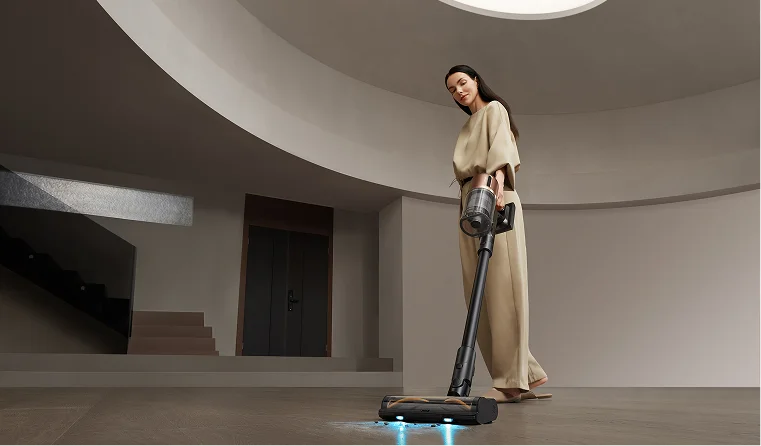
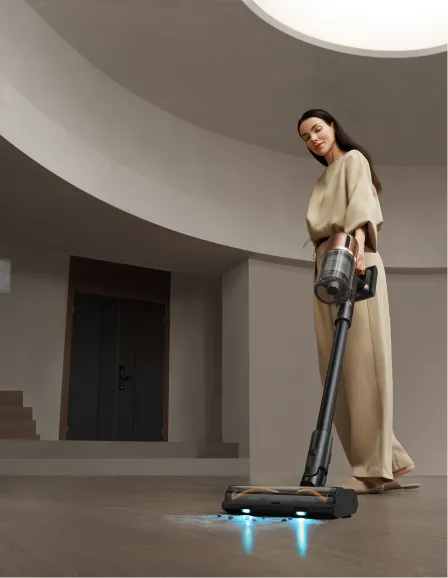

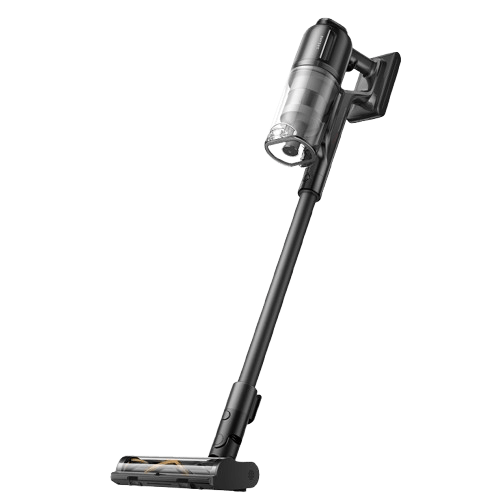

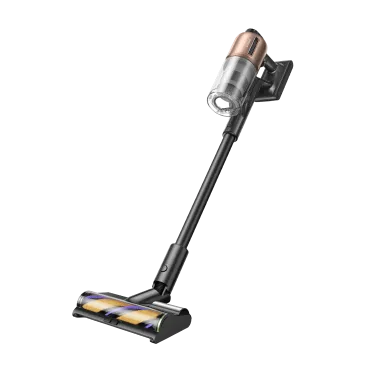
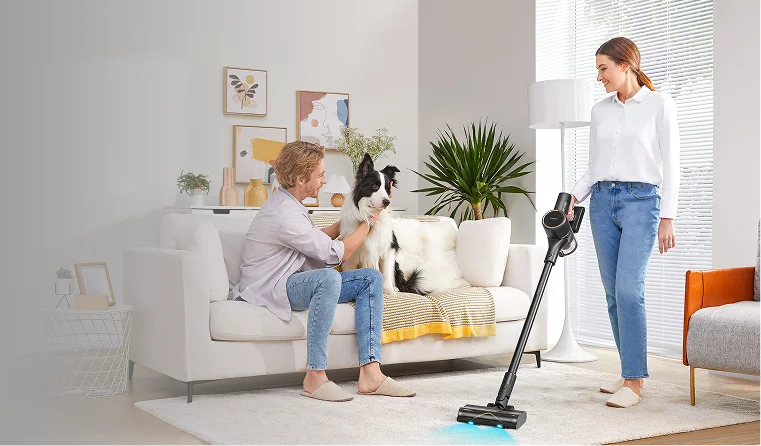
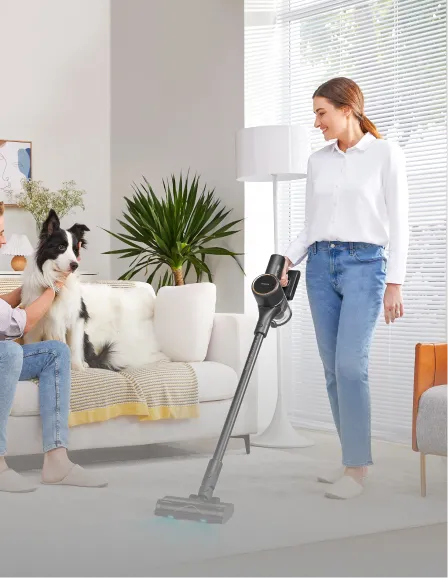
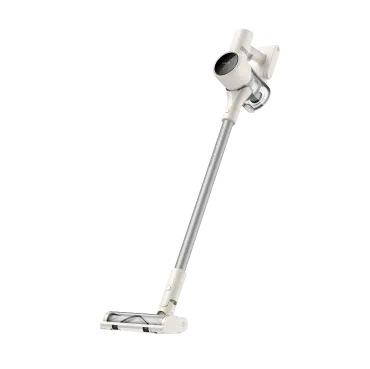
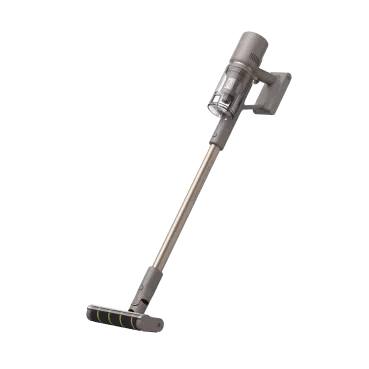
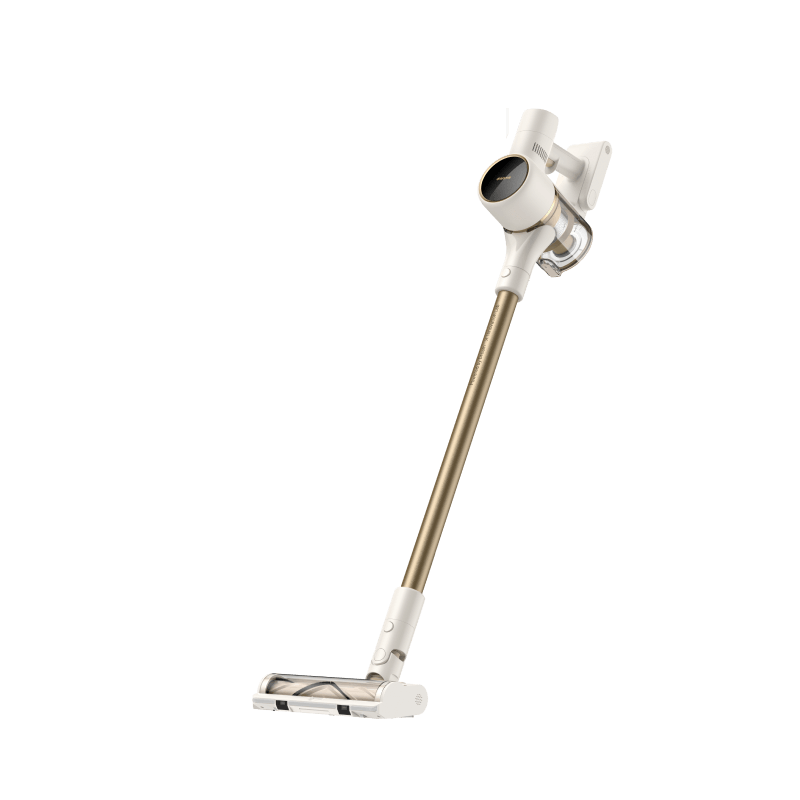
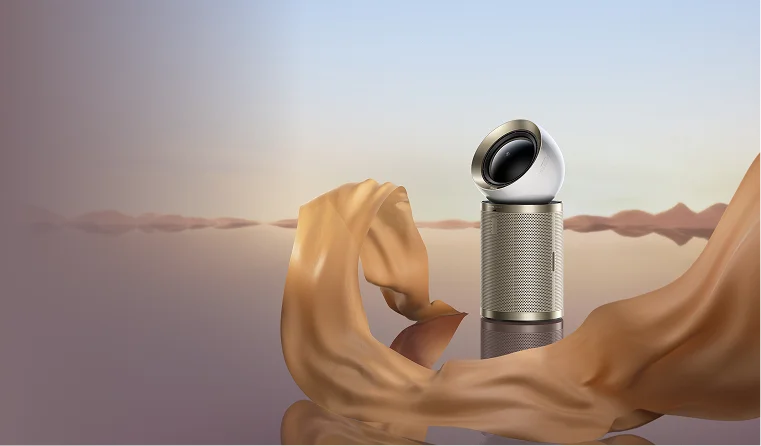
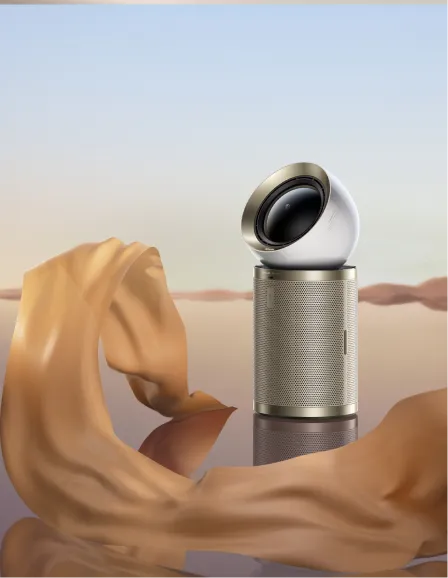

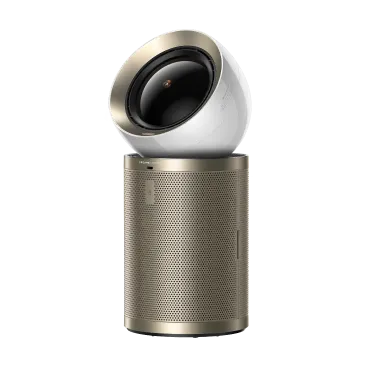
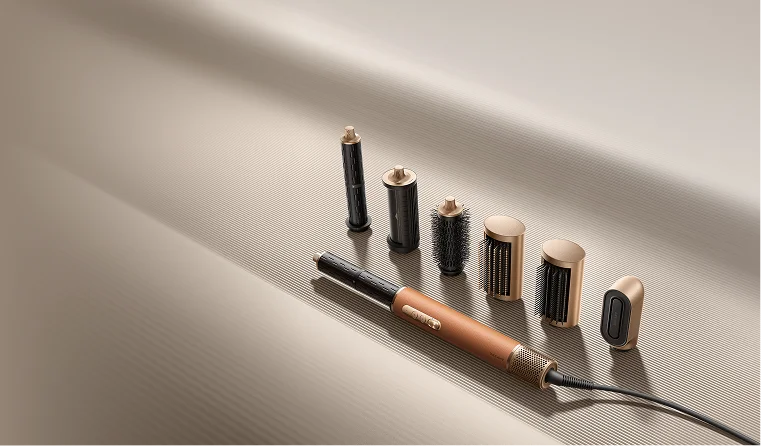
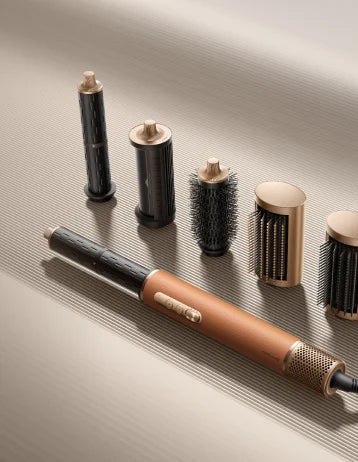
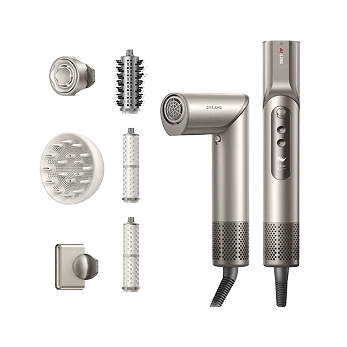


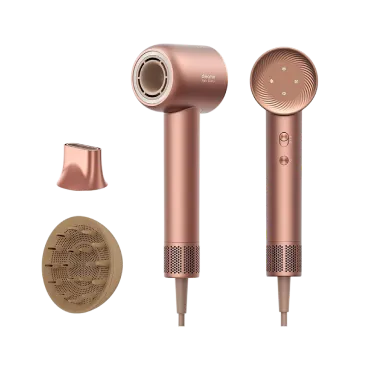
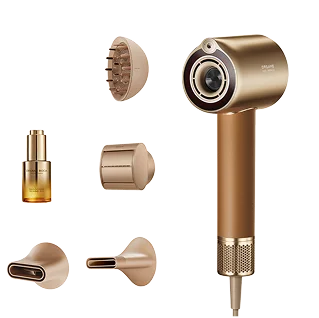




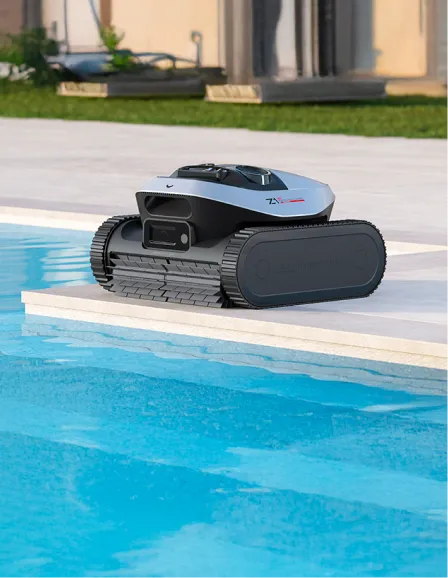
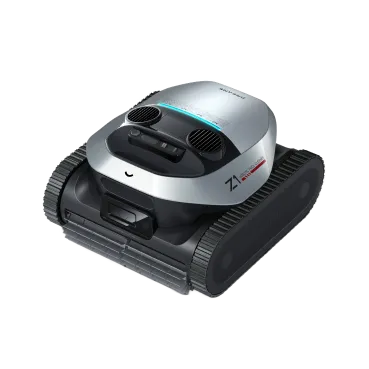
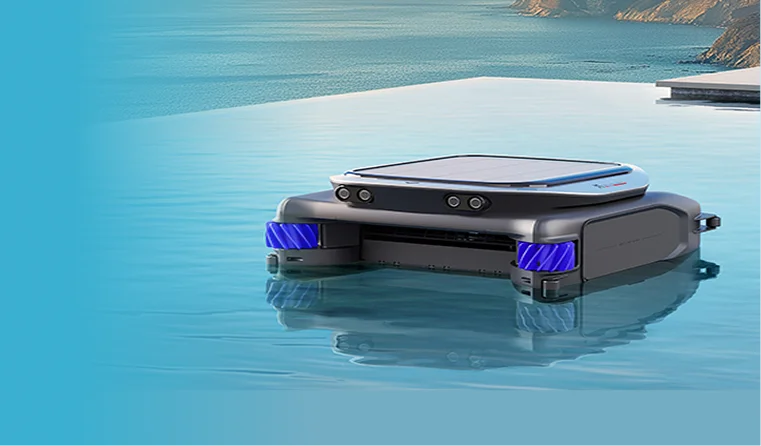











 Australia
Australia 中国大陆
中国大陆 日本
日本


 Türkiye
Türkiye


 Italia
Italia
 Netherlands
Netherlands Belgium
Belgium
 Greece
Greece Polska
Polska
 Norway
Norway
 Sweden
Sweden
 Finland
Finland
 Denmark
Denmark
 Hungary
Hungary Czechia
Czechia
 Slovenia
Slovenia
 Croatia
Croatia
 Switzerland
Switzerland United Kingdom
United Kingdom
 Canada
Canada









